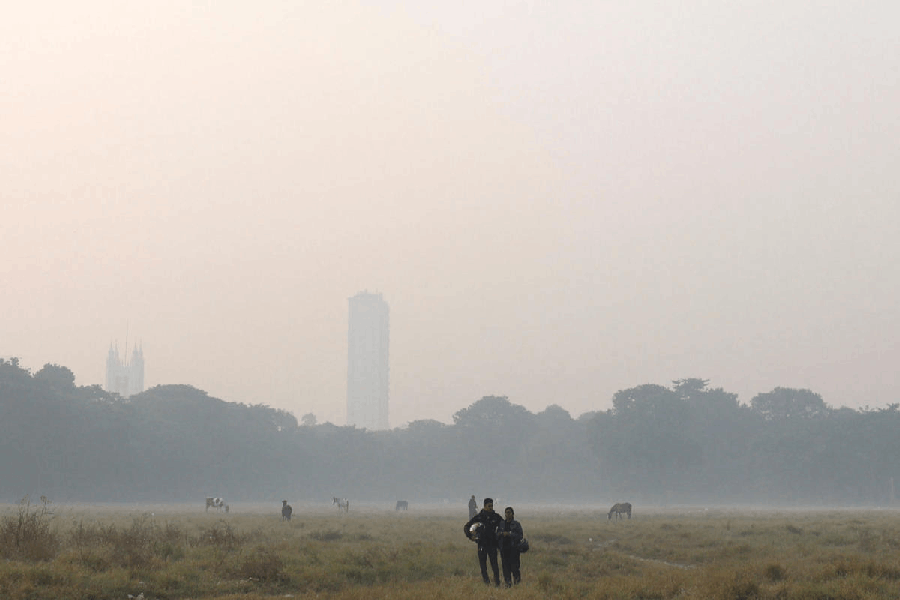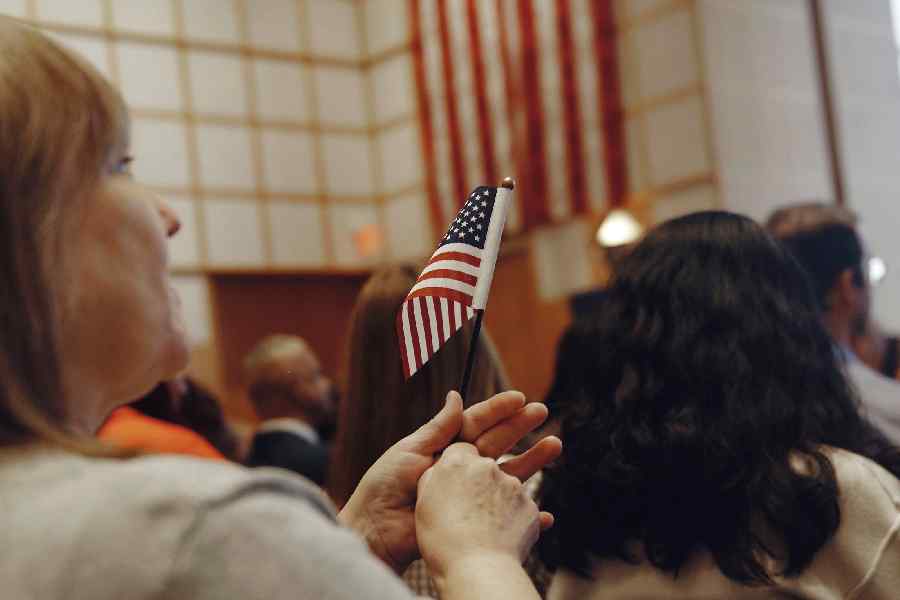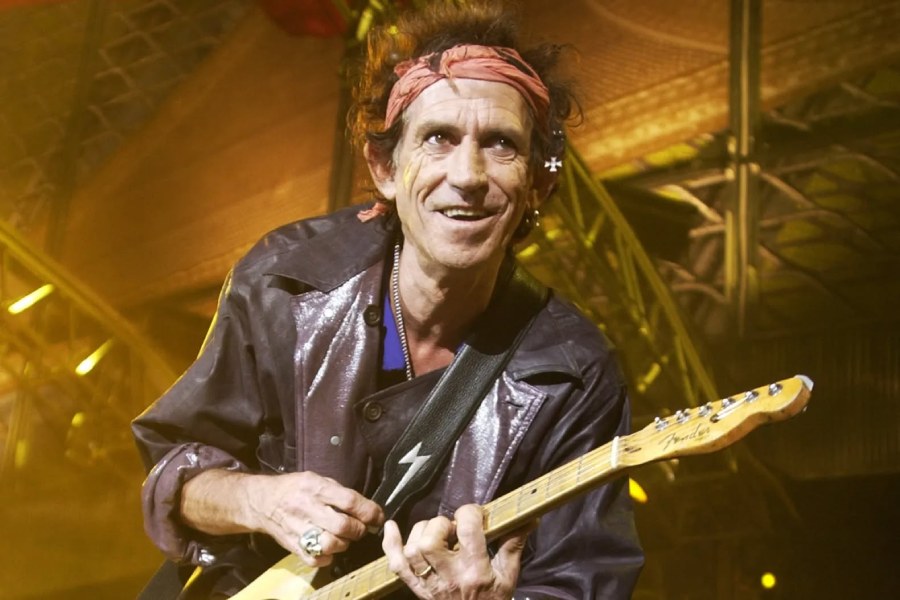When the pervasive hashtag in public discourse all year round pertains to Hindu fundamentalism and its uglier manifestations, should one expect the media to call out the growing Muslim conservatism increasingly on display? That turned out to be the less explored aspect of the hijab ban controversy that has been playing out for a full seven weeks now, thanks to the matter having been taken to court.
Understanding social currents requires going beyond television debate formulations, such as ‘Should religious dress codes come at the cost of education?’ Or ‘Is it aspirational for women in 21st-century India to fight for the right to wear the hijab?’
With the news environment constantly constructing a face-off, what we got was vocal liberal protectors of a constitutional freedom versus a few sane Muslim voices asserting that the elements of indoctrination need to be recognized for what they are.
The first aspect saw NDTV lead the charge. On discussion after discussion hosted by the same anchor on this channel, young women would say that they had started wearing the hijab — sometimes at a very young age — because they liked being in it. One asserted that many students picked certain colleges only because the hijab was allowed in these. The ‘why’ of this was never properly explored by the anchor who was constantly running out of time. He was more anxious to dwell on the Muslim woman’s right to wear the hijab and the niqab when other religious communities were allowed their cultural markers, such as crosses and mangalsutras. But was that a false equivalence?
The right to wear the hijab is, indeed, a constitutional right, but why did earlier generations of Muslim women not feel the need to wear it? As Zakia Soman of the Bharatiya Muslim Mahila Andolan put it, on Shoma Chaudhury’s YouTube channel, Enquiry, “Hijab in India is very recent. Our nanis and dadis were never in hijab.” In response to Islamophobia, is minorityism creeping into society, she asked, adding, “is the surge of the Hindu Right forcing us to defend conservatism?” In The Indian Express, Javed Anand wrote of the changing face of Indian Islam in recent decades where indoctrination is being paraded as the right to freedom and the right to choose. On Times Now, a panellist from Kashmir was asserting that women in his state had suffered because of the orthodox practice of the hijab forced upon them in the 1990s. It is not the dress code of Islam, he said, adding, “We have to follow rules and regulations of that institution. They should have followed that dress code.”
Why are more and more young women on campuses across the country taking to the hijab than before? Is it because women from more marginalized communities and more conservative families are increasingly coming out for education? Or is there a political impetus, just as there has been one for growing saffronization? Is this growing conservatism propelled by politics? Panellists on the Enquiry debate asked about the trigger episode in the college in Udupi: why wear the hijab in the classroom in an all-girl college? Is it not worn to avoid the male gaze?
If there is a Hindu Jagarana Vedike working on polarization in the coastal belt of Karnataka for years, there is also the growing influence of the Campus Front of India, the student front of the radical Muslim organization, Popular Front of India. As a reporter from The News Minute put it, “It is impossible to take politics out of what is happening.” This news site did an investigation on the saffron-shawl-wearing-hecklers episode at the M.G.M. college in Udupi which revealed that the protests were not spontaneous and that the saffron shawls and turbans were organized by the Hindu Jagarana Vedike. It published an image of the message that was circulated to students at the M.G.M. college at least two days before the stand-off. It also described how after the students dispersed, members of the Hindu Jagarana Vedike collected these scarves and turbans from the protesting students and packed them away.
Meanwhile, the home minister of Karnataka has been reported saying that the CFI was active in the state and is helping organize parents and students against the hijab ban. On a Republic TV “super exclusive”, the leader of the CFI said, yes, it was supporting the students, not from the back but from the front. Television channels have played footage of strident sloganeering by students shouting, ‘The hijab is our right’.
The news media are not equipped to fully explain trends in society. Is this about politicization, or growing conservatism, or about empowerment? Or a manifestation of all three? To explain the complexities, you need long-form journalism of the kind The Conversation specializes in, much of it written by academics. Last year, in a piece titled, “Why some Muslim women feel empowered wearing hijab, a headscarf”, its religion and ethics editor, Kalpana Jain, explored the multiple reasons why Muslim women in the United States of America had taken to wearing the hijab. For some, it was an assertion of pride in the face of Islamophobia; for others, an assertion of faith as also of identity. The site has been publishing a series of articles explaining Islam.
In a charged atmosphere, reducing complexities to polarizing formulations delivered in sound bites may bring in audience ratings. But they do not increase understanding.
(Sevanti Ninan is a media commentator and was the founder-editor of TheHoot.org)











